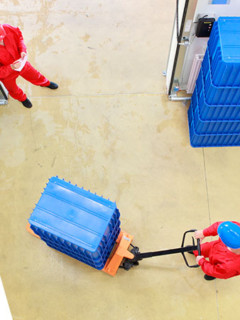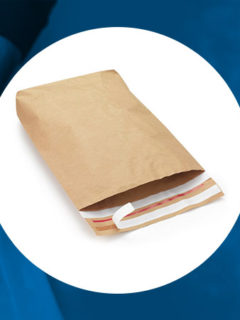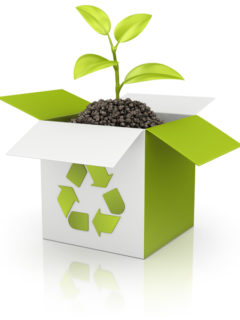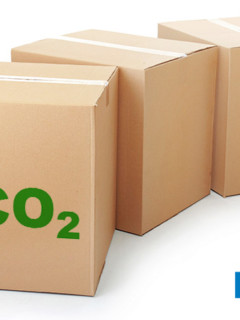When packaging your products or preparing your e-commerce orders, have you noticed that there are different types of cardboard that are used in the manufacture of packaging articles? Each of them has different characteristics in terms of aesthetics, strength and flexibility. As a result, their use can serve several purposes: to support the heaviest weights, to adapt to the shape of the contents or to make a good impression on your recipient.
What is cartonboard?
First and before specifying the types of board that are available on the market, it is necessary to understand what board is and how it is manufactured.
Cardboard is a material that is obtained from overlapping layers of paper by means of cellulose fibres. These fibres are extracted directly from wood or recycled paper. Although they share a common origin, cardboard differs from paper in thickness and weight.
The grammage is, therefore, the weight of a square metre of paper or board expressed in grams (g/m2). In the packaging industry, it is considered that the higher the grammage of a board, the more resistance and security it will offer during storage and transport processes.
Types of board that are used to make packaging products
The type of board most commonly used in packaging is the one commonly seen in American boxes, i.e. corrugated board. However, this is not the only option for our products to be packaged: cardboard-based packaging, compact board, stone board or coated board are also common.
Corrugated board or corrugated board
Corrugated board or cor rugated board is characterised by two elements:
- The flute or medium: one or more sheets of corrugated board that are placed in the central part.
- The liners: sheets of board which are placed on the outside and act as separators for the different layers.

The more layers that are added, the thicker the corrugated board. Depending also on the quantity, we will have single, double or triplecorrugated board.
A variant of corrugated board is honeycomb board . In which the flute, instead of being corrugated, adopts a hexagonal structure, similar to that of a honeycomb. This type of cardboard functions as an interior separator in the transport of fragile objects (glass, ceramics, etc.). It is also highly appreciated for the production of display panels or large format posters.
Cardboard
Cardboard is a material that lies between cardboard and carton: it is thicker and more resistant than cardboard, but thinner than carton. This board, which stands out for its flexibility and good printing results, is widely used in FMCG (Fast Moving Consumer Goods) packaging, including food, hygiene products, cosmetics and household utensils. An example is the hamburger box or the take-away box.
 Compact board
Compact board
Compact cardboard is made of several layers of paper, so it is common for recycled paper to predominate in its manufacture. It is quite rigid and widely known in the bookbinding industry, as it is the basis for making game boards and puzzles.
In the packaging sector it is used for filling and protection as a raw material for cardboard corners and separators; in the different types of cardboard tubes for shipments. Stoneboard or greyboard
Stoneboard or greyboard
The stone or grey board is obtained by mixing pulp and gypsum. It results in a very rigid board that is immune to humidity. It is a much sought-after variant by handicraft enthusiasts, although its applications in the packaging field are circumstantial. For example, as in the case of boxes used for electronics.

Satinated board
Although, like stone board, coated board also plays a residual role in packaging, we cannot fail to mention it because it gives a very elegant look to the presentation of products for gifts and shops. It is characterised by being covered on one or both sides with a layer of glossy satin paper, usually white.
In short, whichever type of cardboard you choose for your packaging, the best thing about this material is that it is Eco-Responsible . It can be recycled and/or reused to help preserve the environment. Stay with RAJA: we have the most practical and innovative packaging, with hundreds of references ready for delivery in just 48/72 hours!















